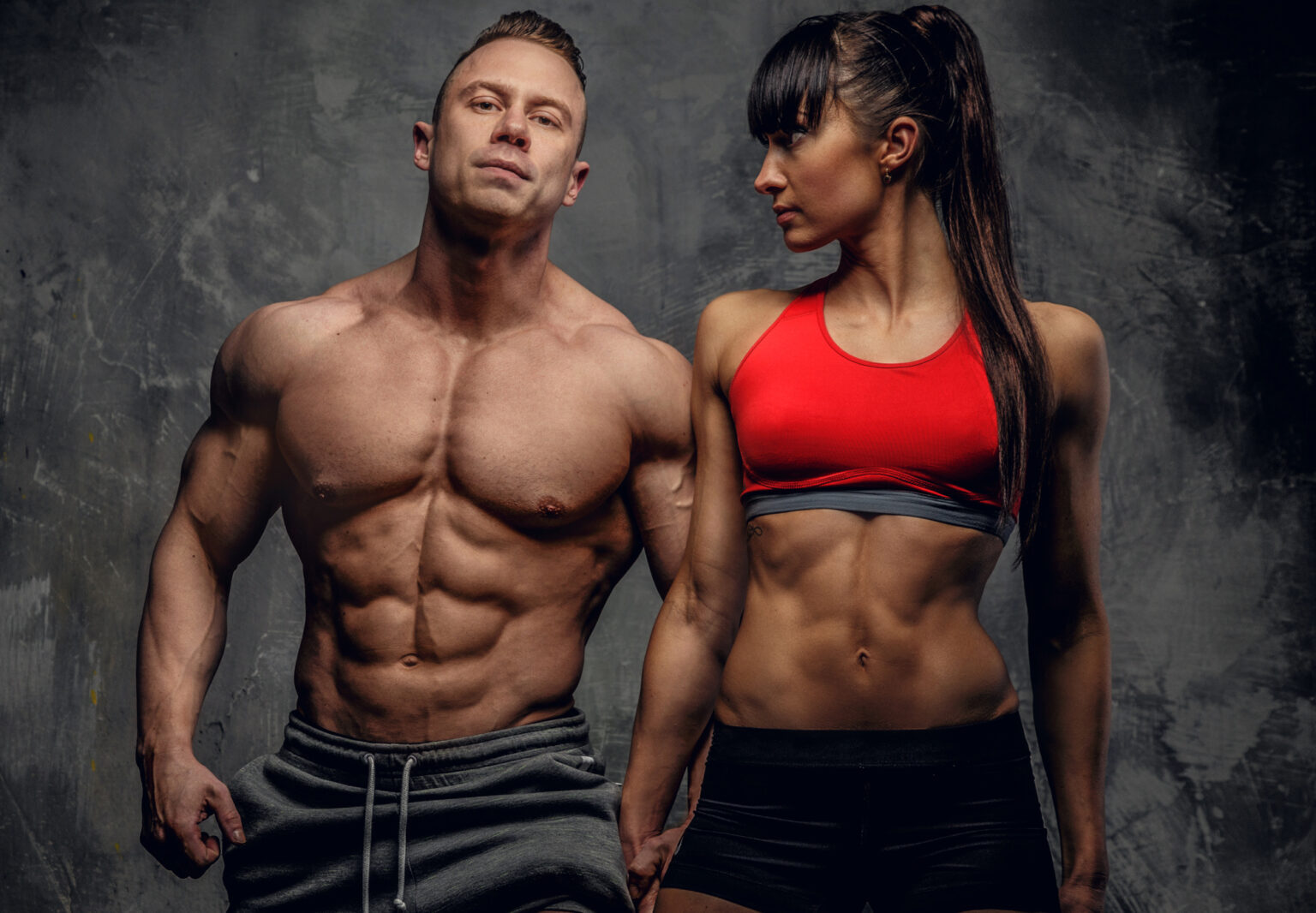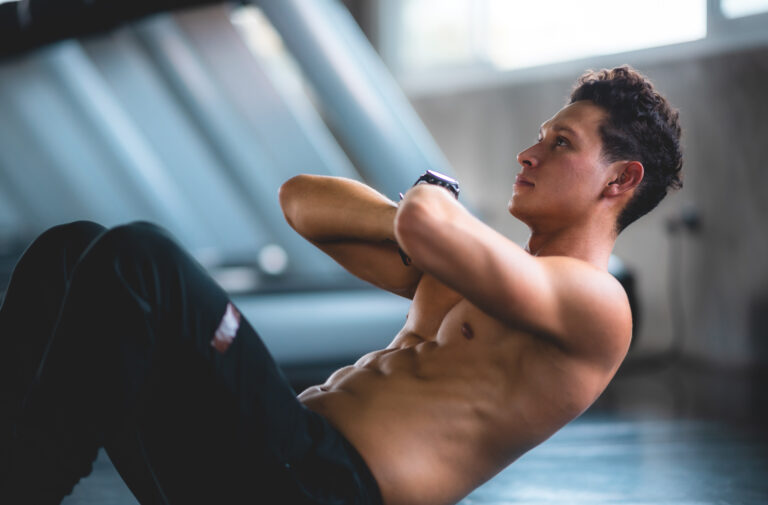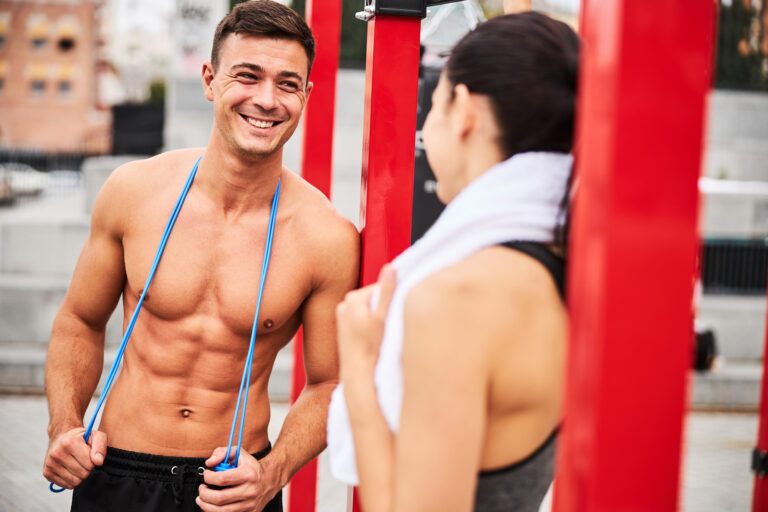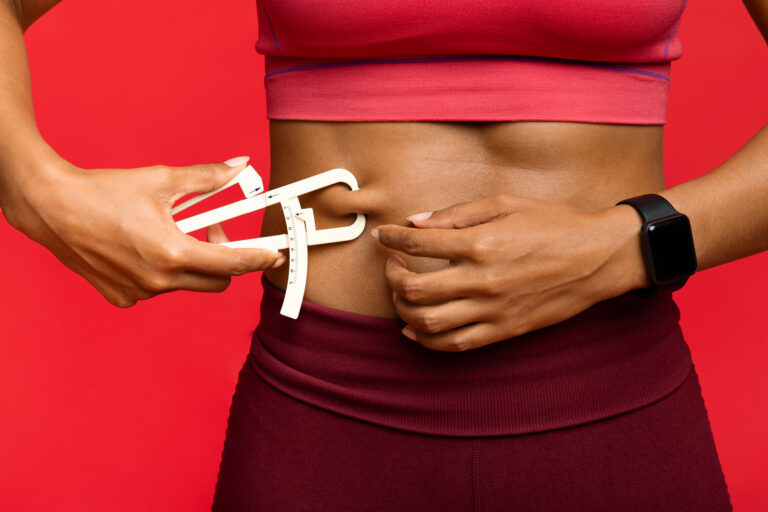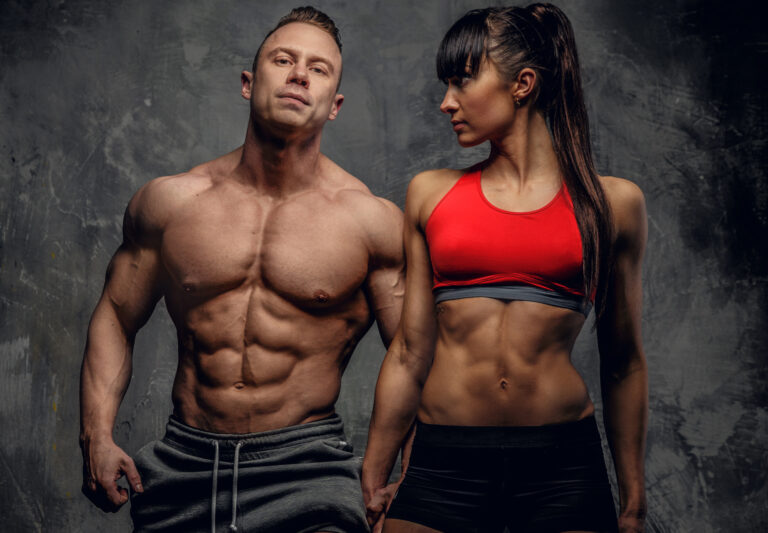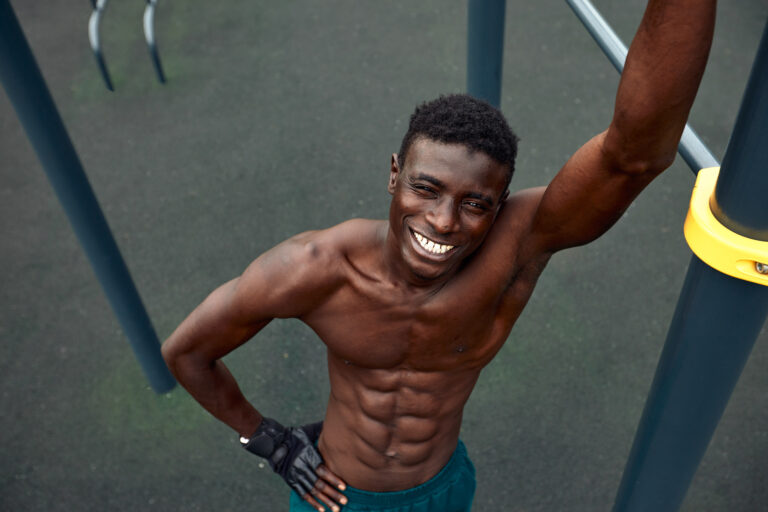What are the Rotator Cuff Muscles?
The rotator cuff is a vital group of muscles and tendons that provide stability and support to the shoulder joint, playing a crucial role in nearly every movement of the shoulder. These muscles are essential not only for athletes but also for anyone engaging in daily activities requiring upper body mobility. Understanding the anatomy, function, common injuries, and prevention strategies for the rotator cuff is critical for maintaining shoulder health and optimizing performance.
Anatomy of the Rotator Cuff
The rotator cuff consists of four primary muscles: the supraspinatus, infraspinatus, teres minor, and subscapularis. Each muscle has a unique role and structural characteristics that contribute to the overall functionality of the shoulder.
The supraspinatus muscle is located at the top of the shoulder and is responsible for initiating the abduction of the arm. It originates from the supraspinous fossa of the scapula and inserts into the greater tubercle of the humerus. The supraspinatus is innervated by the suprascapular nerve and plays a pivotal role in lifting the arm away from the body.
The infraspinatus muscle is situated below the supraspinatus and covers the posterior aspect of the scapula. It originates from the infraspinous fossa of the scapula and also inserts into the greater tubercle of the humerus. This muscle is innervated by the suprascapular nerve and is primarily responsible for external rotation of the shoulder.
The teres minor muscle is a small, narrow muscle located below the infraspinatus. It originates from the lateral border of the scapula and inserts into the greater tubercle of the humerus. The teres minor is innervated by the axillary nerve and assists in the external rotation and adduction of the arm.
The subscapularis muscle is the largest and strongest of the rotator cuff muscles. It is located on the anterior surface of the scapula and originates from the subscapular fossa. The subscapularis inserts into the lesser tubercle of the humerus and is innervated by the upper and lower subscapular nerves. This muscle is primarily responsible for the internal rotation of the shoulder.
Together, these four muscles form a cuff around the shoulder joint, providing stability and facilitating a wide range of movements. Their integration with surrounding ligaments, bones, and other muscles ensures the shoulder can perform complex tasks while maintaining its structural integrity.
Function of the Rotator Cuff
The rotator cuff’s primary function is to stabilize the shoulder joint and enable a wide range of movements. Each muscle within the rotator cuff contributes to different aspects of shoulder mobility and stability.
The supraspinatus muscle is crucial for lifting the arm away from the body, particularly in the initial phase of arm abduction. Without the supraspinatus, the deltoid muscle would struggle to lift the arm beyond a certain point. This muscle also helps maintain the head of the humerus in the glenoid cavity during shoulder movements.
The infraspinatus and teres minor muscles work together to provide external rotation of the shoulder. This motion is essential for various activities, such as throwing a ball, swimming, and reaching behind the back. These muscles also help stabilize the shoulder joint by preventing the head of the humerus from moving forward excessively.
The subscapularis muscle is the primary internal rotator of the shoulder. Internal rotation is necessary for tasks such as reaching across the body, lifting objects, and various sports activities. The subscapularis also plays a significant role in stabilizing the front of the shoulder joint.
In addition to their individual functions, the rotator cuff muscles work synergistically with other shoulder muscles, such as the deltoid, pectoralis major, and latissimus dorsi. This collaboration ensures smooth and coordinated shoulder movements, whether it’s lifting, rotating, or stabilizing the arm. The rotator cuff also helps maintain the shoulder’s stability during complex and dynamic movements, preventing dislocations and other injuries.
Common Injuries and Disorders
The rotator cuff is susceptible to various injuries and disorders, often resulting from overuse, trauma, or degenerative changes. Understanding these common issues can help in recognizing symptoms and seeking appropriate treatment.
Rotator cuff tears are among the most prevalent injuries affecting this group of muscles. These tears can be partial or complete and are often caused by repetitive overhead activities, heavy lifting, or acute trauma. Symptoms of a rotator cuff tear include pain, weakness, and limited range of motion in the shoulder. Diagnostic tools such as MRI or ultrasound are typically used to confirm the presence and extent of the tear.
Tendinitis, another common condition, involves inflammation of the rotator cuff tendons. It often results from overuse or repetitive strain, particularly in activities that require frequent overhead motions. Symptoms of tendinitis include pain, tenderness, and swelling in the affected area. Rest, physical therapy, and anti-inflammatory medications are commonly used to manage tendinitis.
Impingement syndrome occurs when the rotator cuff tendons become compressed between the bones of the shoulder. This condition can lead to pain and inflammation, particularly during overhead activities. Impingement syndrome is often associated with other shoulder issues, such as bursitis or bone spurs. Treatment typically involves physical therapy, anti-inflammatory medications, and in severe cases, surgical intervention to relieve the pressure on the tendons.
Risk factors for rotator cuff injuries include age, as degenerative changes in the tendons are more common in older adults. Athletes and individuals engaged in occupations requiring repetitive overhead motions are also at higher risk. Proper training techniques, regular strengthening exercises, and avoiding excessive strain on the shoulder can help mitigate these risks.
Prevention and Management
Preventing rotator cuff injuries involves a combination of proper exercise techniques, strength training, and flexibility exercises. By maintaining the health and strength of the rotator cuff muscles, individuals can reduce the likelihood of injury and improve overall shoulder function.
One of the key strategies for preventing rotator cuff injuries is incorporating specific strength training exercises into regular fitness routines. Exercises such as external rotations, internal rotations, and shoulder abductions with resistance bands or light weights can help strengthen the rotator cuff muscles. It’s important to perform these exercises with proper form to avoid placing excessive strain on the tendons.
Flexibility training is also crucial for maintaining the health of the rotator cuff. Stretching exercises targeting the shoulder muscles can help improve range of motion and prevent tightness that can lead to injuries. Dynamic warm-up routines before workouts and static stretching after exercise sessions can effectively maintain shoulder flexibility.
When it comes to managing rotator cuff injuries, conservative treatments are often the first line of defense. Rest is essential to allow the inflamed or injured tendons to heal. Physical therapy plays a significant role in the recovery process, as it helps restore strength, flexibility, and function to the shoulder. Therapeutic exercises, manual therapy, and modalities such as ultrasound or electrical stimulation may be used in physical therapy sessions.
Medications, such as nonsteroidal anti-inflammatory drugs (NSAIDs), can help reduce pain and inflammation associated with rotator cuff injuries. In some cases, corticosteroid injections may be recommended to provide more significant relief from inflammation and pain.
For severe rotator cuff injuries that do not respond to conservative treatments, surgical intervention may be necessary. Surgical options include arthroscopic repair, open repair, and tendon transfer. The choice of surgery depends on the extent of the injury and the patient’s specific needs. Post-surgical rehabilitation is crucial for successful recovery, involving gradual progression of strength and mobility exercises under the guidance of a physical therapist.
Role in Athletic Performance and Rehabilitation
The rotator cuff is essential for athletic performance, particularly in sports that require significant shoulder mobility and strength. Athletes must pay special attention to their rotator cuff health to prevent injuries and maintain peak performance.
In sports such as baseball, swimming, and tennis, the rotator cuff muscles are subjected to repetitive and forceful movements. The supraspinatus, infraspinatus, teres minor, and subscapularis work together to provide stability and control during these activities. Strengthening the rotator cuff through sport-specific exercises can enhance performance and reduce the risk of injuries.
Athletes often incorporate advanced training techniques to keep their rotator cuff muscles strong and resilient. Plyometric exercises, resistance training, and proprioceptive drills are commonly used to improve shoulder stability and coordination. These exercises help athletes generate power and maintain control during high-intensity movements.
When athletes suffer from rotator cuff injuries, rehabilitation becomes a critical component of their recovery process. Physical therapists design sport-specific rehabilitation programs that address the unique demands of each athlete’s sport. These programs typically involve progressive strength and flexibility exercises, proprioceptive training, and sport-specific drills to ensure a safe return to play.
Athletes may also benefit from advanced rehabilitation techniques, such as functional movement screening, video analysis, and biomechanical assessments. These tools help identify movement patterns that may contribute to injuries and allow for targeted interventions to correct them.
Key Takeaways
The rotator cuff muscles are integral to shoulder function, stability, and mobility. Understanding their anatomy, functions, common injuries, and prevention strategies is essential for maintaining shoulder health and optimizing performance in both everyday activities and athletic pursuits. By incorporating proper exercise techniques and seeking appropriate treatment when necessary, individuals can protect their rotator cuff and ensure long-term shoulder health.

